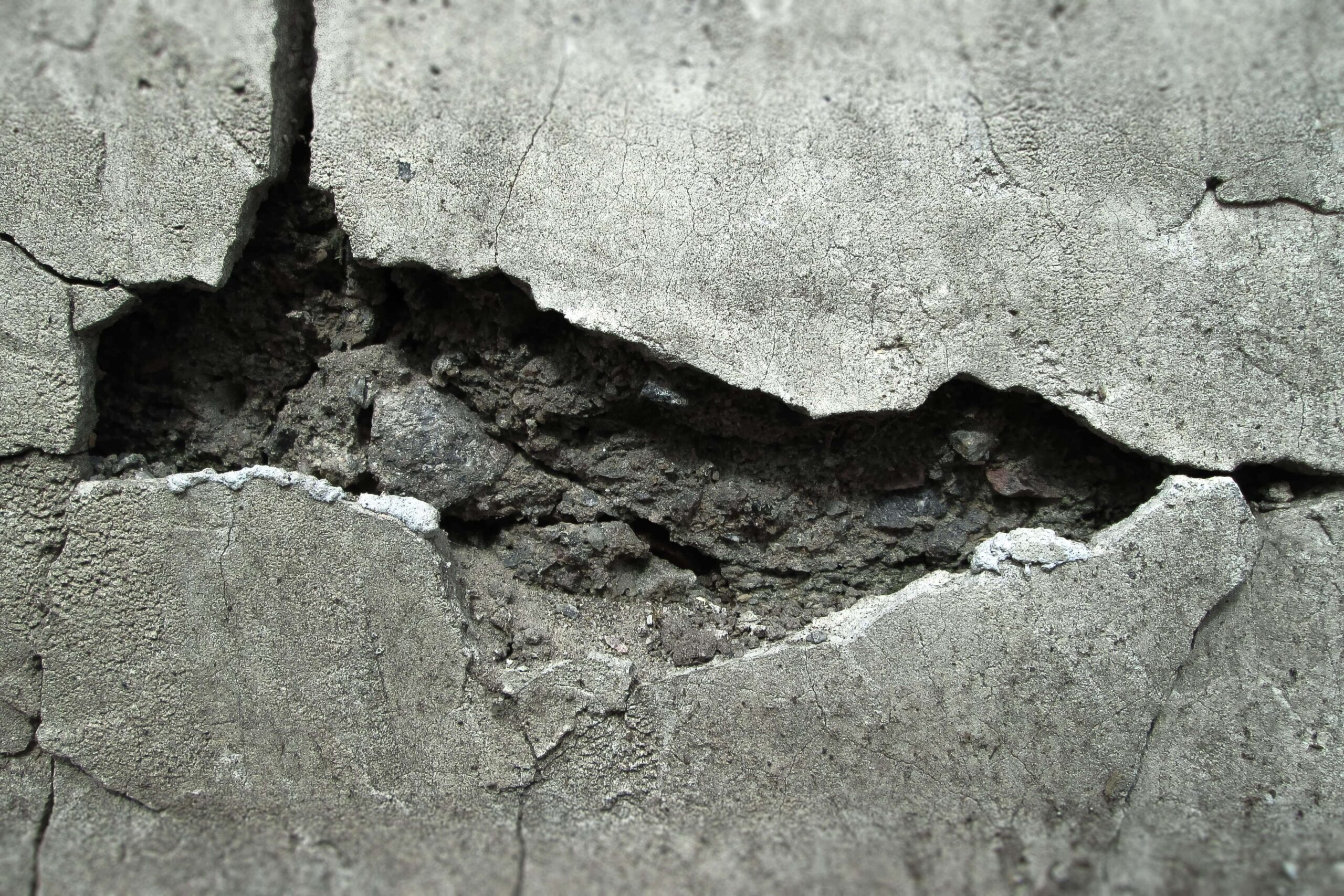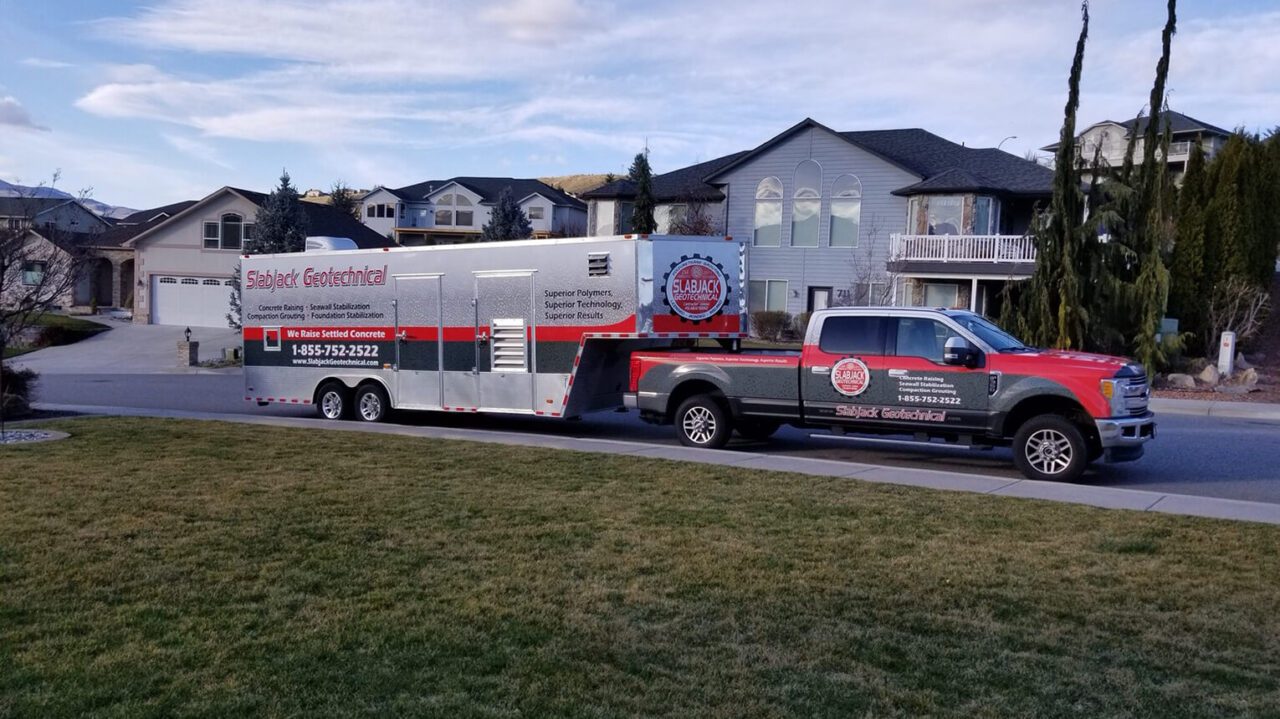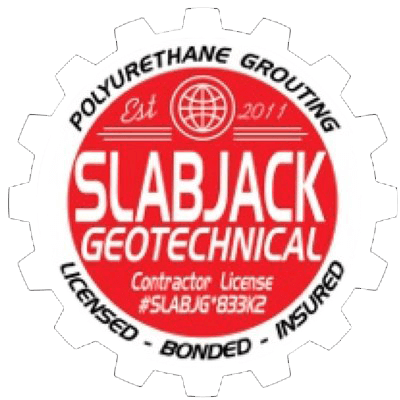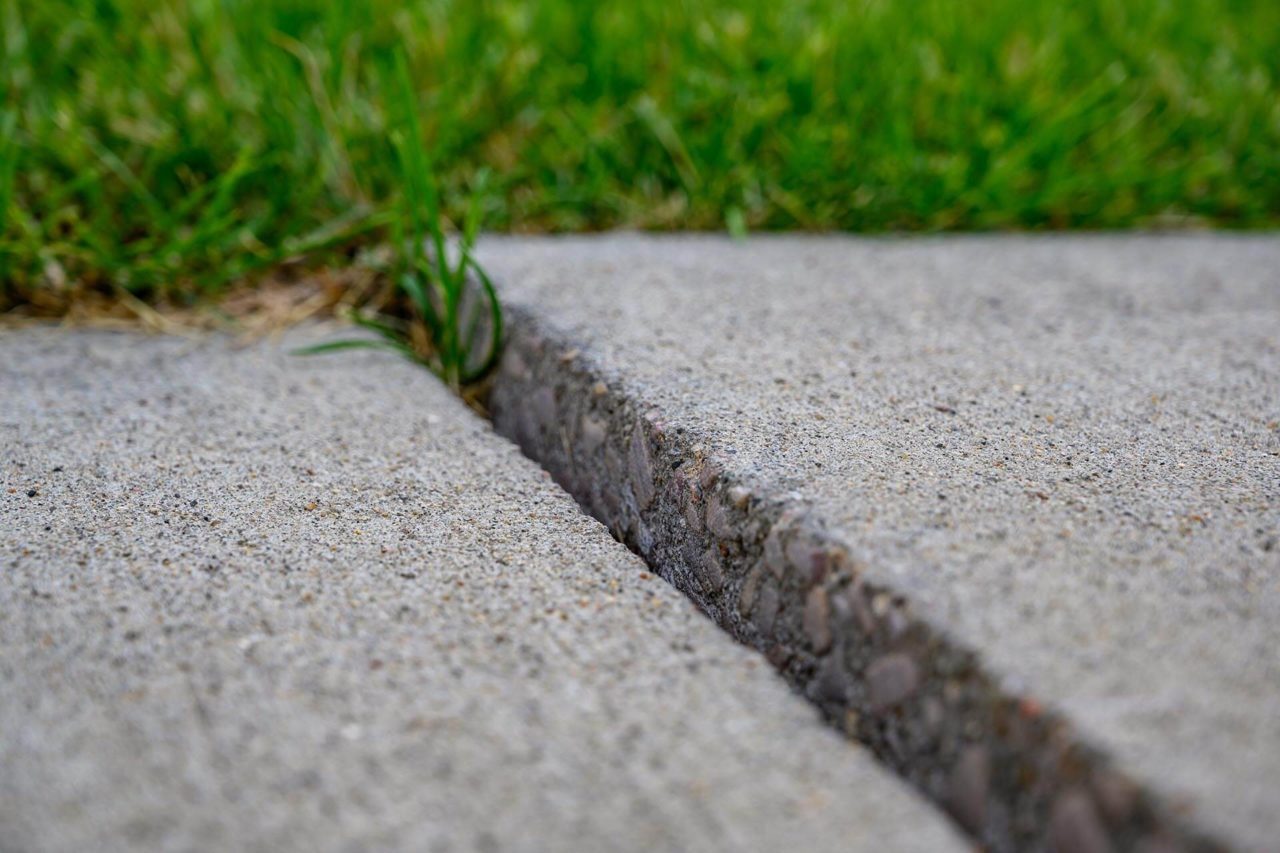Welcome to our comprehensive guide on resolving a common urban woe – the sidewalk trip hazard. Uneven surfaces on sidewalks can pose a significant risk, leading to potential accidents and property damage. In this blog, we’ll delve into the intricacies of how to fix a sidewalk trip hazard and provide you with practical solutions to address this prevalent issue. Whether you’re a concerned homeowner or a diligent property manager, our step-by-step guide covers effective methods on how to fix trip hazards on sidewalks. From simple DIY approaches to professional interventions, we’ve got you covered to ensure a smooth and hazard-free pedestrian experience. Let’s embark on the journey to safer sidewalks together!
Identifying Trip Hazards
Accurate identification of trip hazards is paramount to ensuring public safety and preventing accidents. Sidewalks, being integral components of urban infrastructure, can pose risks due to various factors. Recognizing these hazards is essential for implementing timely and effective corrective measures.
Common Causes of Sidewalk Trip Hazards
Uneven Pavement
Uneven surfaces resulting from improper installation or wear and tear can be a significant trip hazard. It is crucial to regularly inspect sidewalks for any deviations in the pavement level.
Cracks and Fractures
Cracks and fractures in the sidewalk may develop over time due to weathering, temperature fluctuations, or substandard construction materials. Identifying these fissures is crucial to preventing accidents and ensuring the longevity of the sidewalk.
Protruding Tree Roots
Trees planted alongside sidewalks can lead to trip hazards as their roots may disrupt the evenness of the pavement. Vigilant inspection and timely mitigation strategies are necessary to address the impact of growing tree roots on pedestrian pathways.
Settling and Shifting of Soil
Natural processes, such as soil settling and shifting, can contribute to the destabilization of sidewalks. Regular monitoring of soil conditions and prompt intervention are essential to maintain a stable walking surface.
Poor Construction and Maintenance Practices
Inadequate construction methods and subpar maintenance practices can result in weak sidewalks prone to hazards. Regular audits of construction quality and adherence to maintenance standards are crucial in identifying and rectifying potential issues.

The Importance of Addressing Sidewalk Trip Hazards Promptly
Addressing sidewalk trip hazards promptly is not just a matter of convenience; it’s a fundamental responsibility tied to various crucial aspects. Neglecting trip hazard repairs can have far-reaching consequences that extend beyond the immediate inconvenience.
One of the foremost concerns is public safety. A trip or fall on an uneven sidewalk can result in injuries, posing a direct threat to the well-being of pedestrians and creating potential legal liabilities for property owners. Speaking of liability, property owners must be aware that neglecting trip hazard repairs can lead to legal ramifications.
In addition to the immediate safety and legal concerns, there’s a ripple effect on property values. Sidewalks in disrepair can negatively impact the aesthetics and overall appeal of a property, potentially diminishing its market value.
Local Regulations and Permits Needed to Fix a Sidewalk Trip Hazard
When it comes to addressing sidewalk trip hazards, navigating the intricacies of local regulations is a crucial first step towards effective resolution. Understanding the legal requirements not only ensures compliance but also streamlines the repair process, fostering a safer environment for all.
Municipal Codes and Regulations
Each municipality has its own set of codes and regulations governing sidewalk maintenance. Familiarizing yourself with these local guidelines is imperative. Municipal codes typically outline the acceptable standards for sidewalk conditions, including specifications for trip hazard tolerances. Being well-versed in these regulations is pivotal for property owners looking to undertake repairs within the bounds of the law.
Permits and Approvals Needed for Sidewalk Repairs
In many jurisdictions, sidewalk repairs necessitate specific permits and approvals. Obtaining these documents is not only a legal prerequisite but also a means of ensuring that the repairs align with municipal standards. From the nature of the repairs to the materials used, adherence to permit requirements is paramount for a seamless and compliant resolution of trip hazards.
Responsibilities of Property Owners and Municipalities
The division of responsibilities between property owners and municipalities is a key aspect of sidewalk maintenance. While property owners are typically responsible for the upkeep of sidewalks adjacent to their premises, understanding the extent of municipal involvement is crucial. Some municipalities may conduct inspections and enforce compliance, emphasizing the collaborative effort required to maintain safe pedestrian pathways.
How to Fix a Sidewalk Trip Hazard: Exploring Effective Methods
Embarking on the journey to rectify a sidewalk trip hazard involves a strategic approach that balances immediate safety concerns with long-term solutions. This section provides an insightful exploration of both temporary and permanent methods, offering property owners a comprehensive toolkit for effective sidewalk hazard mitigation.
Temporary Solutions: Quick Fixes to Minimize Immediate Dangers
Warning Signs and Barriers
Swiftly addressing the immediate danger presented by a trip hazard begins with clear communication. Placing warning signs and barriers alerts pedestrians to the potential risk, allowing for cautious navigation and minimizing the likelihood of accidents. While these measures provide a temporary safeguard, they are crucial in preventing immediate harm.
Temporary Fillers and Patches
For a rapid but temporary resolution, fillers and patches serve as valuable tools. These materials, designed to level uneven surfaces, offer a quick fix to mitigate tripping hazards. While not a permanent solution, they provide an interim measure to enhance safety while property owners plan for more enduring repairs.
Permanent Fixes: Long-term Solutions for a Safer Sidewalk
Concrete Lifting and Leveling
Addressing the root cause of a sidewalk trip hazard often involves slabjacking or mudjacking. Utilizing advanced techniques, these methods correct uneven surfaces by raising and stabilizing sunken or displaced sections. The result is a restored, level sidewalk that not only eliminates trip hazards but also contributes to the overall structural integrity of the pavement.
Replacement of Damaged Sections
In cases where damage is extensive or irreparable, the replacement of damaged sections becomes a prudent choice. This involves the removal of compromised portions of the sidewalk and the installation of new, compliant concrete. Though a more involved process, it ensures a lasting solution that enhances safety and aesthetic appeal.
Professional Repair Services
Enlisting the expertise of professional repair services is a definitive step towards a sustainable resolution. Experienced professionals assess the extent of the damage, employing specialized techniques and materials to execute comprehensive repairs. From precision leveling to seamless replacements, these services offer a reliable and lasting remedy for sidewalk trip hazards.
How to Prevent Sidewalk Trip Hazard From Occurring
Ensuring a hazard-free sidewalk involves regular inspections, prompt repairs, tree maintenance, and community involvement.
- Regular Inspections: Establish a consistent inspection schedule to identify and address potential trip hazards early on.
- Prompt Repairs of Minor Issues: Swiftly address minor problems to prevent them from escalating, ensuring both immediate safety and long-term sidewalk integrity.
- Tree Maintenance and Root Control: Proactively maintain trees and control roots through pruning and barriers to preserve greenery while safeguarding sidewalk structure.
- Community Awareness and Involvement: Foster community awareness about reporting sidewalk issues and encourage shared responsibility through collaborative initiatives for a safer neighborhood.
Slabjack Geotechnical: Professional Concrete Repair in Washington & Northern Idaho
In the realm of concrete repair, Slabjack Geotechnical stands out as a trusted, family-owned, and operated company dedicated to delivering top-notch services. With locations in Spokane, Tri-Cities, Wenatchee, and Puget Sound, our comprehensive approach encompasses Slabjacking (concrete raising), pressure grouting, and expert repair of concrete cracks, joints, leaking culverts, large diameter pipes, and concrete ditches. Since our founding in 2011, we’ve been committed to excellence in residential, commercial, municipal, and industrial projects. At Slabjack Geotechnical, we prioritize safety and quality, ensuring that our work meets the highest standards. As a fully licensed, bonded, and insured company, we offer peace of mind along with our expertise.
Need to Fix a Sidewalk Trip Hazard? Contact Slabjack Geotechnical Today
If you’re in Washington or Northern Idaho and in need of expert concrete repair, whether it’s fixing a sidewalk trip hazard or addressing other concerns, contact Slabjack Geotechnical today for a free quote and discover firsthand the unmatched professionalism and expertise we bring to every job. Your satisfaction is our priority, and we’re ready to elevate your concrete repair experience.

FAQs
What constitutes a tripping hazard on a sidewalk?
A tripping hazard on a sidewalk can take various forms, including uneven surfaces, cracks, or displaced sections. Any deviation from a smooth and level pathway can pose a risk to pedestrians, making these issues critical to address promptly for safety.
How do you fix a crack in an uneven sidewalk?
Repairing a crack in an uneven sidewalk typically involves techniques such as concrete crack sealing or Slabjacking. Slabjacking is particularly effective, as it lifts and levels the sunken section, simultaneously addressing the crack and the underlying unevenness.
How do you fix a sunken sidewalk?
To fix a sunken sidewalk, Slabjacking is a proven method. This involves injecting a grout mixture beneath the sunken section, raising it to its original level. This not only addresses the immediate hazard but also ensures a stable and lasting repair.
How do you fix a sidewalk raised by tree roots?
Sidewalks raised by tree roots require careful intervention to balance preserving the tree’s health with repairing the pathway. Slabjacking or root pruning, coupled with specialized repairs, can effectively level the sidewalk while minimizing future disruptions caused by root growth.















